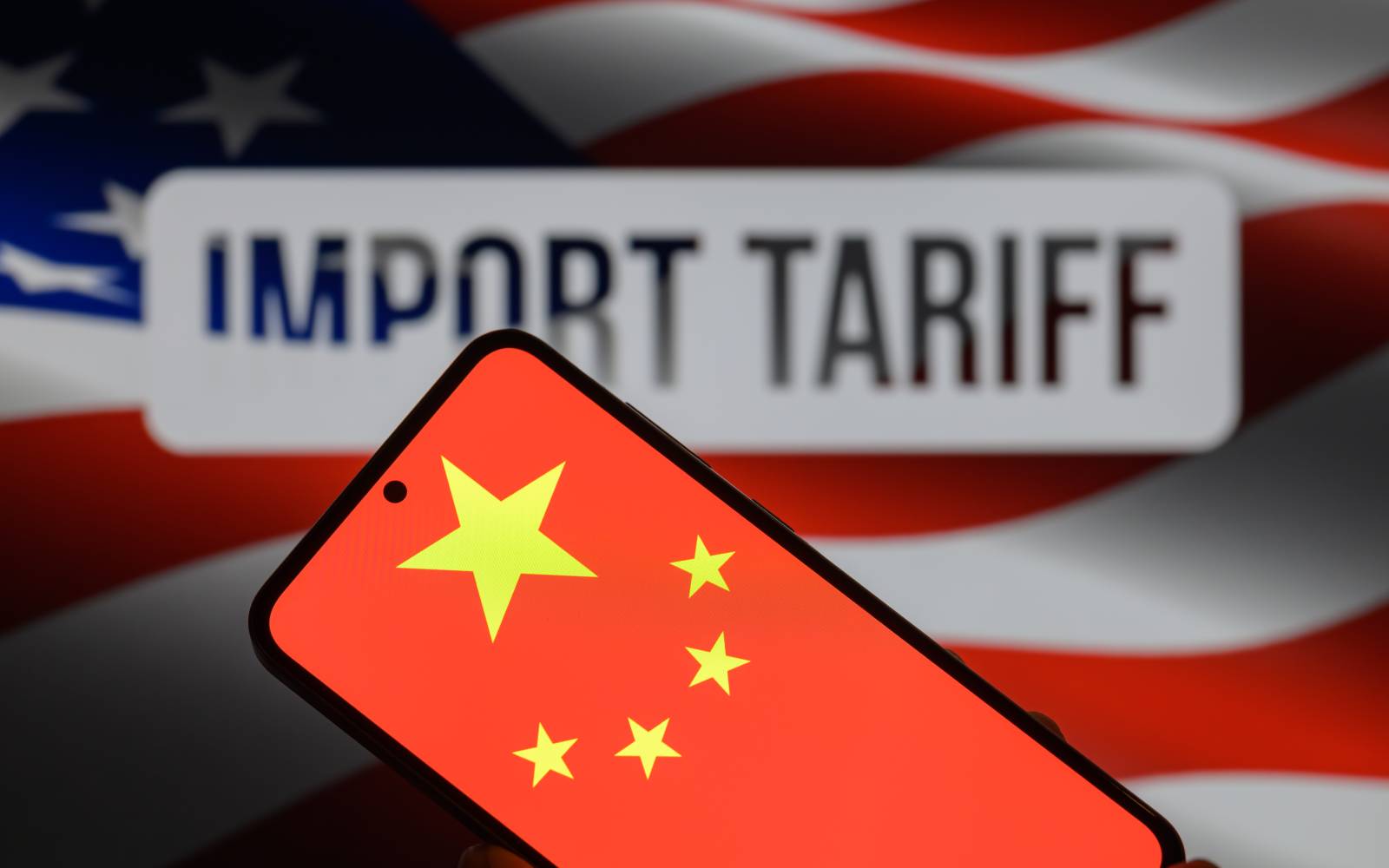The US-China trade standoff just ended with a 90-day agreement. After weeks of escalating tariffs that reached a staggering 125% on both sides, US and Chinese negotiators met in Switzerland, where China agreed to reduce tariffs by 115%, bringing them down to just 10%, China removed all counter-measures. which had effectively created a trade embargo against US goods. Additionally, China sent their deputy minister for public safety to address the fentanyl crisis, which US officials called this an "upside surprise", completely unexpected at a trade meeting.
During the Obama administration, the average US tariff on Chinese imports was approximately 3%. This was the baseline before the US-China trade war began during the first Trump administration. After the trade war started in 2018, the US imposed tariffs under Section 301 of the Trade Act of 1974. By February 2020, following the US-China Phase One Agreement, the average US tariff on Chinese exports was 19.3%, covering about 66.6% of US imports from China (roughly $335 billion based on 2017 import levels). The Biden administration largely maintained these tariffs and added targeted increases. By January 2025, the average US tariff on Chinese exports was 20.8%, slightly higher due to increases in September 2024 and January 2025 on goods such as electric vehicles (up 100%), solar panels (up 50%), and other critical materials such as EV batteries, steel, and aluminum (up 25%).
Prior to January 2018, the average Chinese tariff on US exports was around 8%. In response to US. tariffs, China imposed retaliatory tariffs. By February 2020, the average Chinese tariff on U.S. exports was 21%, covering about 58.3% of U.S. imports to China (roughly $90 billion based on 2017 import levels).
Under the Biden administration, China maintained a similar tariff structure, with retaliatory measures focused on US agricultural products, vehicles, and machinery. By 2024, China’s average tariff on US goods was reported to be around 21.1%, though some sources suggest it could have been as low as 7.5% for certain goods before retaliatory escalations. China also adjusted its Most-Favored-Nation (MFN) tariff rates in 2024 for WTO members, but specific rates on U.S. goods remained elevated due to trade war measures.
Treasury Secretary Scott Bessent revealed they're managing a trade queue with nations reportedly bringing "their best offers" after seeing China's concessions. The White House has prioritized countries such as Japan, India, Indonesia, Vietnam, Switzerland, Mexico, and Israel, as well as the European Union, but with so many negotiations ongoing it’s a lot to manage. Bessant and National Economic Council Director Kevin Hassett reported that “more than 50 countries” contacted the US by April 6th, with that number rising to over 75 by April 9th.
The UK negotiated a limited deal May 8th, cutting tariffs on British metal and car exports with US beef and ethanol up to quotas, with ongoing talks for broader exemptions.
Negotiations with China over the next 90 days will focus on rebalancing trade and addressing the $1.2 trillion deficit in goods. Will China follow through? Will concrete purchase agreements materialize to reduce the trade deficit?

